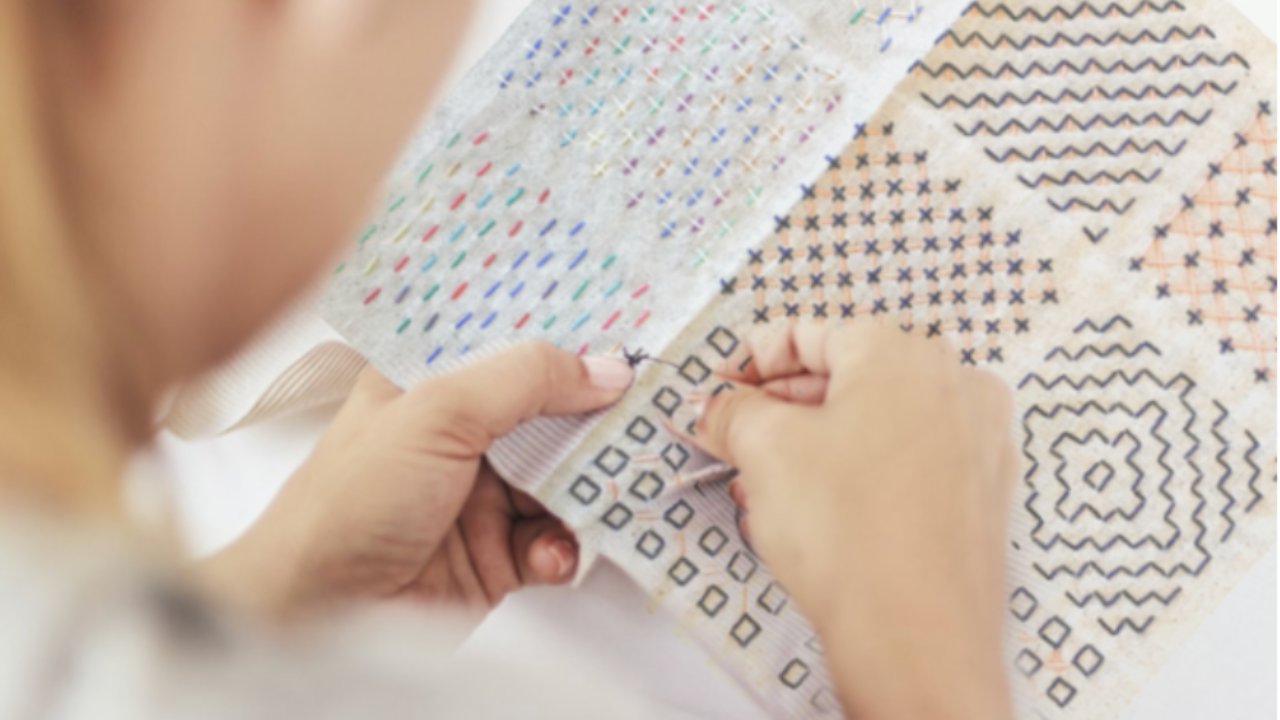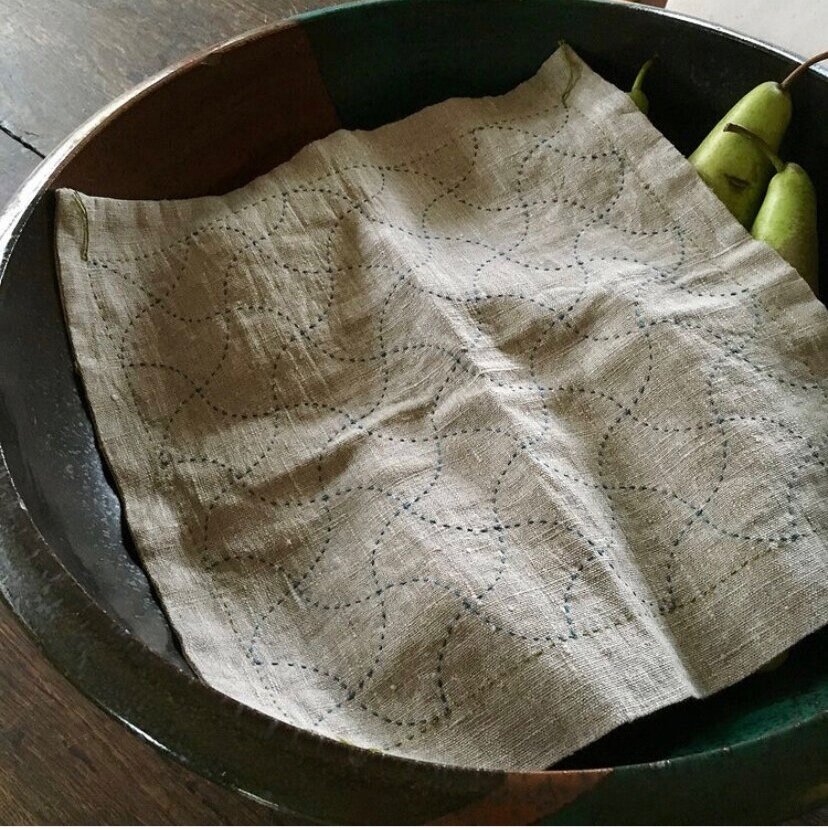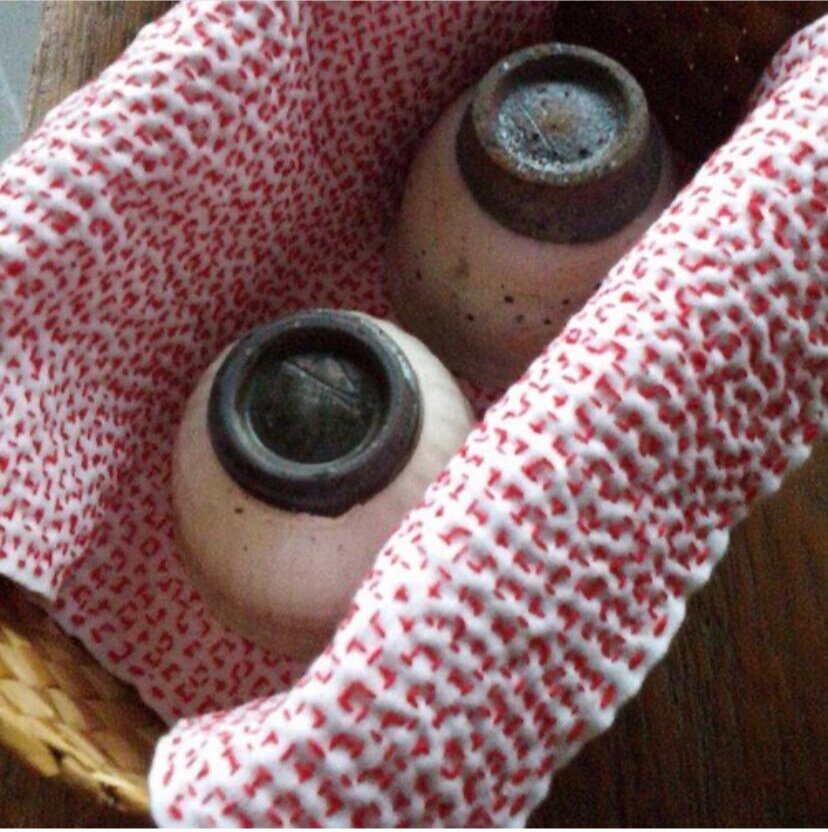What is a Hana Fukin?
Dec 02, 2020
Hana fukin - (literally ‘kitchen cloth or flower cloth’) are practical and decorative sashiko embroidered fabric found in Japanese households. They can be used as placemats, cover teacups and cooking implements, straining Japanese soup stock, drying vegetables, storing them in the fridge (it increases the length of time the vegetables stay fresh by a week or longer) and wrapping lunch boxes, furoshiki cloth (wrapping cloth) or simply as a decorative mat.

Image via @ kiki_yohyoh
Hana fukin is generally made by stitching two pieces of cloth together. The cloth is loosely woven which allows the needle to sew the two layers of fabric together easily. The double layer of fabric also allows for the knots of the sashiko thread to be hidden between the layers.
Similar to linen, after repeated use, the cotton thread and fabric become softer to the touch and readily absorbent to dry dishes.

Historically hana fukin were part of women’s lives in many ways. According to Alison Watts, owner of Watts Sashiko, “daughters from samurai families learned to sew Hana Fukin to acquire desirable mental attributes of perseverance and patience, whereas girls in farming families, learned to make them out of necessity. At night, when all the other chores were done, women would sit around and do the sewing together. If a woman became widowed, other people might commission her to make hanafukin as a way of discreetly giving financial support.
Alison is an Australian who has lived in Japan for over thirty years. She has been studying sashiko stitching during this time and has come to understand the social and cultural relevance of hanafukin in the lives of the Japanese. “Mothers sewed hanafukin for their daughters to take when they went as a bride to live in another family. I suspect this is how the word hanafukin originated, since the word for bride is hana yome. From the time her daughter was born, a mother would begin to make hanafukin stitched with various patterns representing good wishes for health, happiness, and different auspicious occasions and seasonal events.” [1]

Other uses of the Hana Fukin after stitching
These days you can buy Olympus Hana Fukin sashiko samplers to stitch. The designs are printed on cotton fabric with a water dissolvable ink which means once you have followed the pattern, you simply wash it and the instructions disappear. They are such a fun and satisfying projects to make.
Happy stitching!

